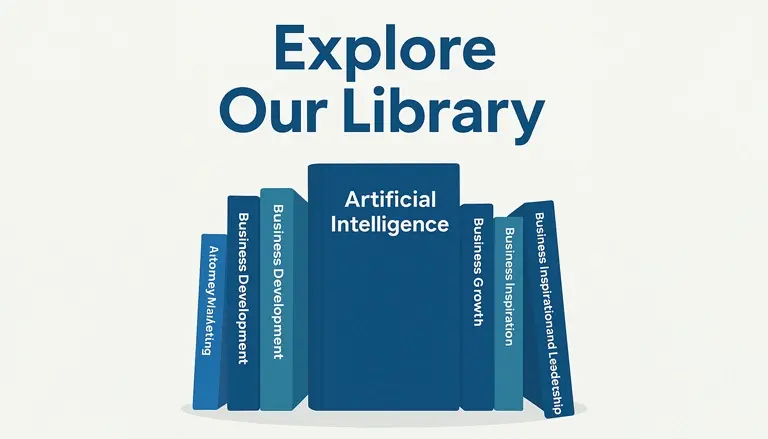

The Illusion of Multitasking Why Doing More Might Be Slowing You Down
Posted October 17, 2024 by Kevin Chern
Multitasking is often misunderstood. It isn’t just doing two things at once it’s the attempt to rapidly switch between tasks, thinking we’re being efficient. You might believe you’re handling work emails while on a conference call, but what you’re really doing is task-switching.
Task-switching means bouncing between different activities, which causes mental friction. Your brain needs a few seconds to reset every time you switch focus. It’s like restarting your computer after every open tab it works, but it’s far from optimal.
Why Multitasking Might Be Slowing You Down
1. Mental Overload and Cognitive Fatigue
Switching between tasks drains more energy than sticking to one task at a time. Cognitive fatigue creeps in, leaving you mentally exhausted by the afternoon. The mental energy required to refocus repeatedly means that by the end of the day, you’re wiped out, and your productivity tanks.
2. Lower Accuracy and More Mistakes
The more you multitask, the higher your chances of making mistakes. Research from Stanford University found that people who multitask often are less able to filter out irrelevant information. This leads to sloppy work and costly errors. Instead of accomplishing more, you end up redoing tasks or fixing mistakes wasting even more time.
3. The Stress Multiplier
Multitasking isn’t just mentally taxing it’s emotionally stressful too. When you constantly shift gears, it creates anxiety and pressure, as you feel the weight of unfinished tasks hanging over you. Over time, this chronic stress can lead to burnout, leaving you less productive in the long run.
The Illusion of Productivity Why Multitasking Feels So Good (But Isn’t)
Multitasking makes us feel busy and important it gives the impression that we’re being ultra-productive. But activity isn’t the same as productivity. Just because you’re busy doesn’t mean you’re doing valuable work. Often, multitasking creates a false sense of accomplishment.
Picture this: You start the day responding to emails while half-listening to a webinar, only to realize at the end of the day that nothing significant got done. That’s the trap multitasking tricks your brain into thinking you’re achieving more when, in reality, you’re just spinning your wheels.
The Case for Single-Tasking: Why Less is More
The antidote to multitasking is single-tasking, or focusing on one task at a time. It might sound old-fashioned, but the results speak for themselves.
1. Improved Focus and Flow
When you single-task, you allow your brain to enter a flow state a deep, focused mental state where work feels effortless and time flies. In this state, you’re not only more productive but also more creative.
2. Less Fatigue, More Energy
Single-tasking eliminates the energy drain caused by constant switching. As a result, you conserve mental energy and have more stamina throughout the day. This allows you to work better, longer, and smarter.
3. Better Time Management
Focusing on one task at a time forces you to prioritize. You learn to identify what’s truly important and let go of non-essential tasks. Techniques like time-blocking and the Pomodoro technique help you stay on track and prevent your day from becoming a chaotic mess.
Practical Tips to Escape the Multitasking Trap
Ready to ditch multitasking for good? Here are some actionable strategies to help you shift from juggling tasks to mastering one at a time:
1. Prioritize with a To-Do List
Start your day with a short list of 3-5 important tasks. Focus on completing these tasks first before moving on to anything else. This way, you ensure that the most critical work gets done.
2. Use Time-Blocking
Divide your day into time blocks dedicated to specific tasks. During each block, focus solely on the task at hand. When the block ends, move on to the next task or take a break. This prevents overlap and keeps distractions at bay.
3. Turn Off Notifications
Set boundaries by silencing notifications and emails during focus periods. Notifications are productivity killers every ping pulls you out of focus and derails your momentum.
4. Practice Mindful Work
Train your brain to stay in the present moment by practicing mindfulness. Whether through meditation or simply taking a few deep breaths, mindfulness helps you resist the urge to jump from task to task.
5. Take Meaningful Breaks
Avoid burnout by scheduling breaks throughout your day. Stepping away from work even for a few minutes helps recharge your brain, so you return to your tasks refreshed and ready to focus.
Multitasking may seem productive, but it often leads to mistakes, stress, and burnout. True efficiency comes from focusing on one task at a time, giving it your best effort, and moving on. By slowing down and working deliberately, you’ll produce higher-quality results with less frustration and accomplish more in the long run. Sometimes, doing less but doing it well is the key to real productivity.
Tags:




